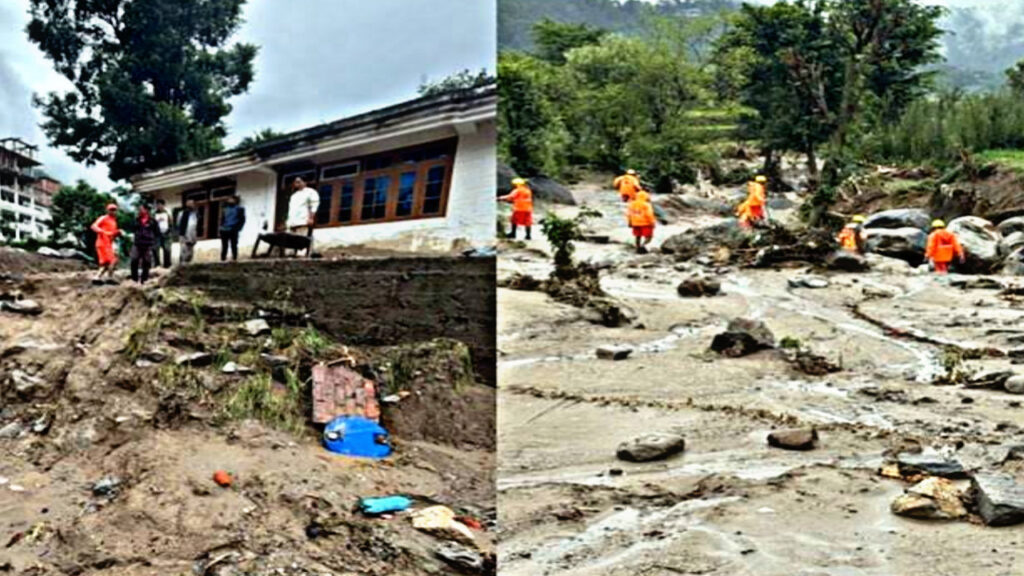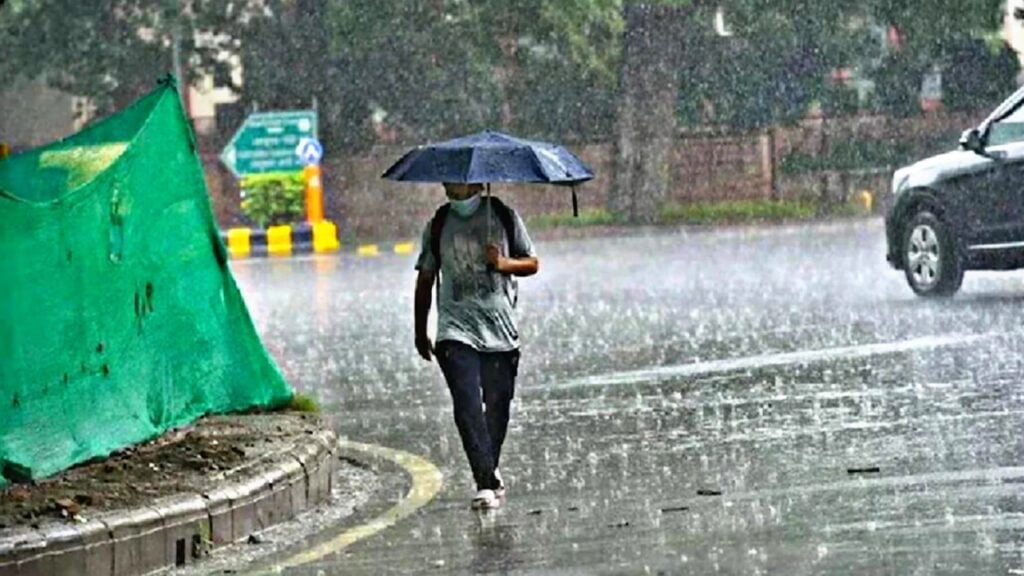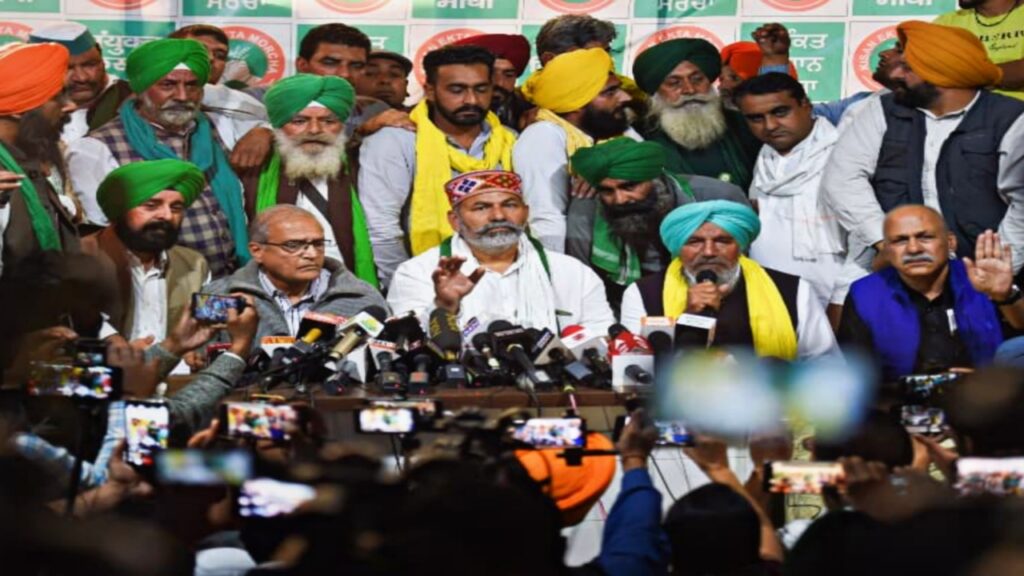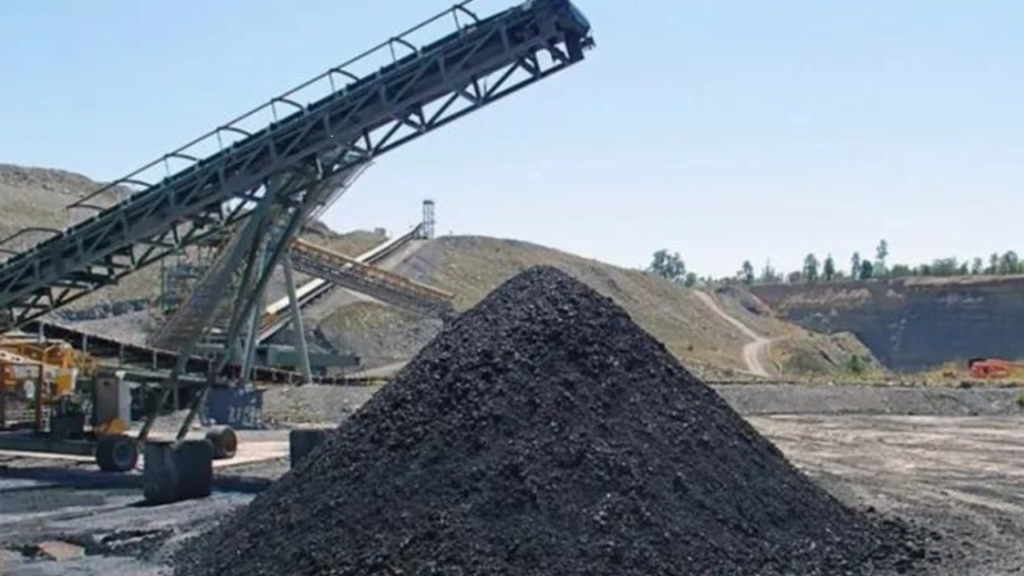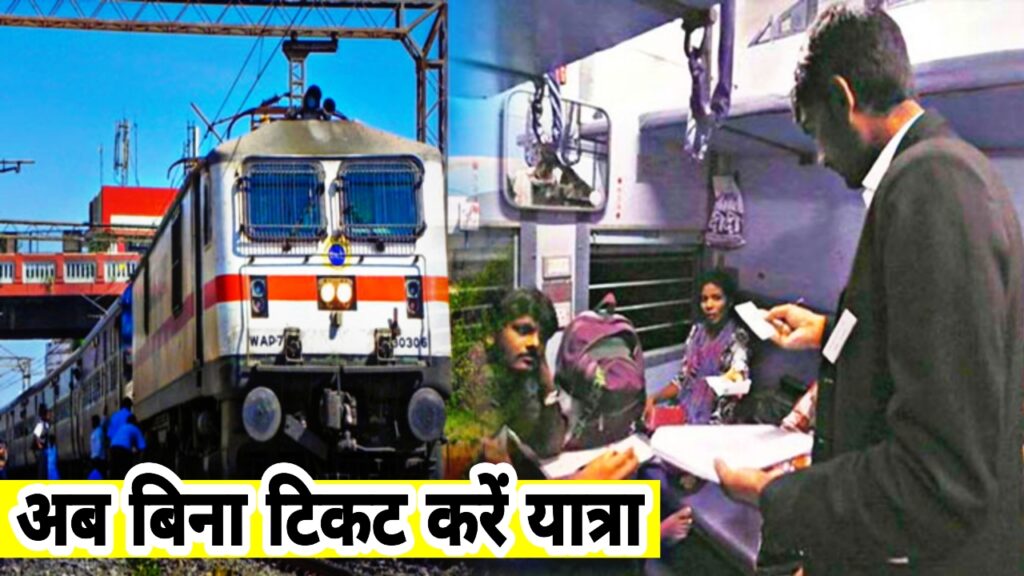Himachal
Himachal Pradesh, a state known for its serene mountains and lush green valleys, is currently facing one of its worst monsoon disasters in recent years. Continuous heavy rainfall has triggered deadly landslides, flash floods, and large-scale destruction across several districts. So far, the disaster has claimed 137 lives, with over 268 roads still blocked due to debris, collapsed hillsides, and flooding.
Over the past few weeks, heavy monsoon rains have lashed parts of Shimla, Kullu, Mandi, Chamba, and Solan, among other regions. The continuous downpour has saturated the soil, leading to multiple landslides that have buried homes, vehicles, and farmlands under tons of mud and rock. Several buildings, particularly in hilly towns, have collapsed or been declared unsafe due to soil erosion and waterlogging.
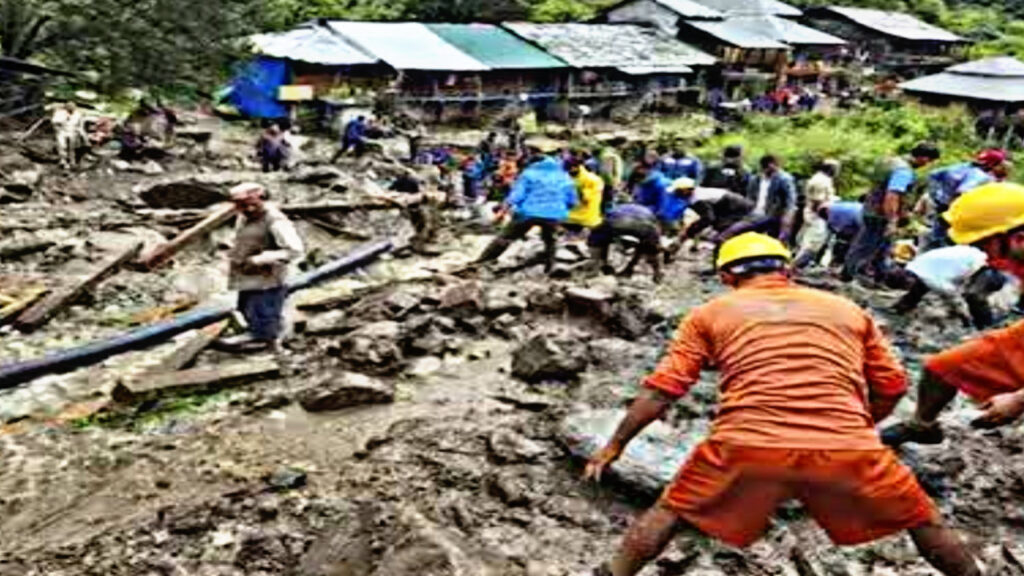
Damage Of Infrastructure
The scale of damage is unprecedented. Vital infrastructure like roads, bridges, and power lines have been severely hit, cutting off dozens of villages and remote settlements. Many families are stranded without access to food, clean water, or medical assistance. Local authorities, the Indian Army, and NDRF teams are working around the clock to rescue the trapped and deliver relief, but ongoing rains are slowing down their efforts.
Meanwhile, more than 800 public transport routes have been suspended, and schools and colleges in affected districts remain shut. Government officials have advised citizens to avoid travel, especially near rivers, steep hillsides, and known landslide zones. Tourists have also been asked to delay or cancel plans to visit Himachal until conditions improve.
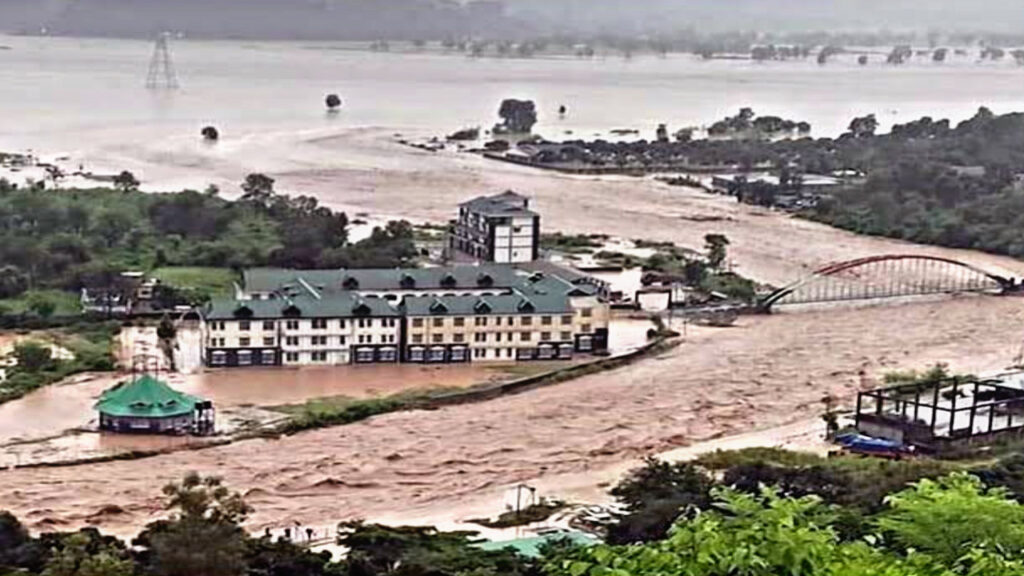
The Beas and Satluj rivers are flowing dangerously close to flood levels, raising concerns about more villages getting submerged if the rain continues. Flash floods have already destroyed several roads and farmlands, pushing farmers and residents into crisis. Crops have been lost, and livestock swept away in multiple districts.
Crisis
In response to the crisis, the Himachal Pradesh government has announced immediate financial aid for affected families. Compensation for the deceased and those who have lost property has been assured, while additional support is being requested from the central government. Relief camps have been set up in some safer areas, where displaced people are being provided shelter, food, and medical care.
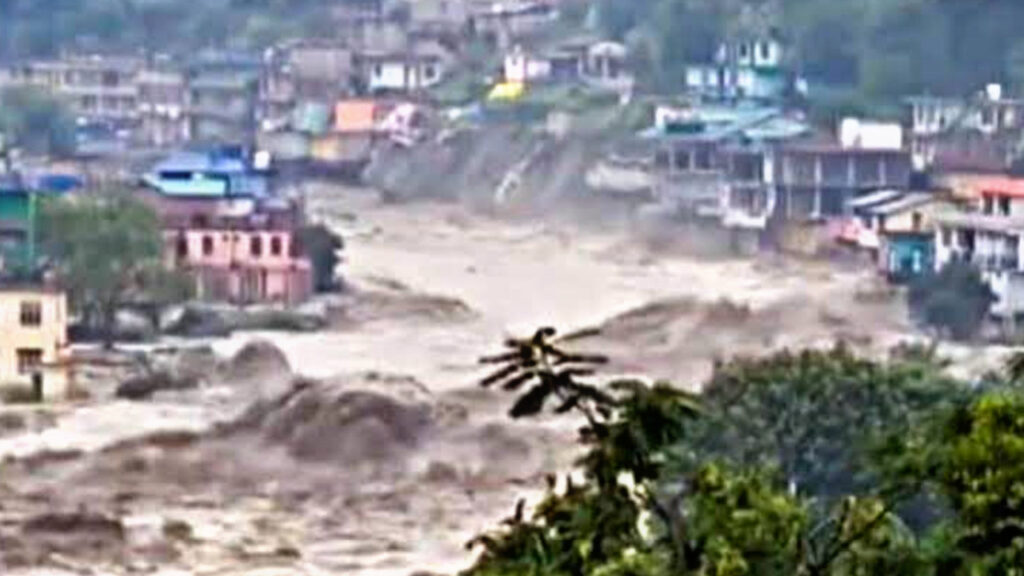
Environmentalists are highlighting the need for long-term planning and sustainable development. Unplanned construction, deforestation, and rapid tourism related infrastructure have increased the vulnerability of the region. Experts believe that stricter building norms and better drainage systems could help mitigate such disasters in the future.
As Himachal Pradesh struggles to cope with nature’s fury, residents are urged to remain cautious, stay updated through official channels, and follow safety guidelines strictly. With more rain expected in the coming days, the risk remains high, and collective efforts are crucial for both survival and recovery.

